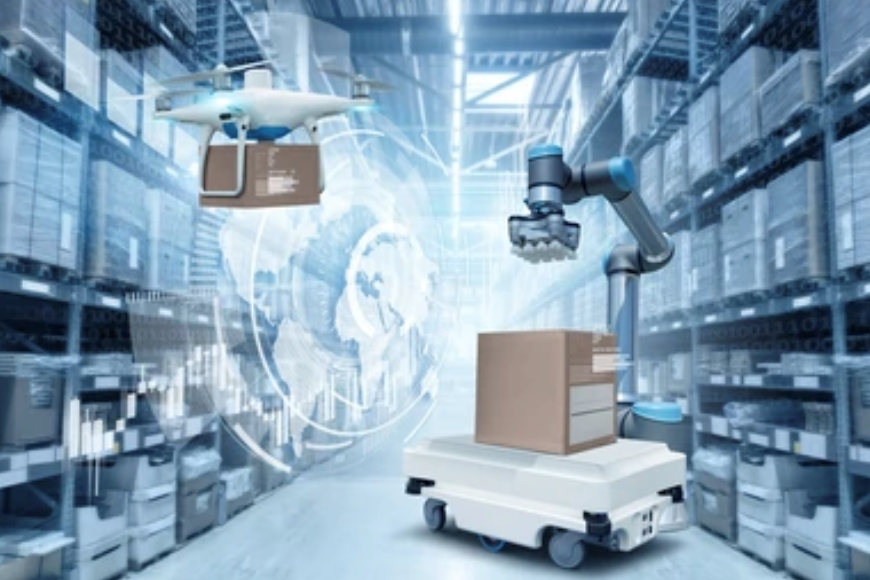Mechanical robotics provides solutions in the logistics sector for automating tasks that require physical manipulation, such as picking and placing goods. By using robot arms and grippers, these tasks can be performed more efficiently and accurately, increasing productivity and reducing errors. This is particularly relevant in warehouses and distribution centers where large quantities of goods are processed and where speed and precision are important. Mechanical robotics can contribute to cost savings and a more efficient logistics chain.
Mechanical robotization

- End-effectors: The end-point of the robot arm that is specifically designed for a particular task, such as grasping or lifting objects
- Sensors: Devices used to gather information, such as detecting objects or measuring force or pressure
- Actuators: Components of the robot that are responsible for the movement of the robot, such as motors or hydraulic systems
- Controllers: The "brain" of the robot that receives and processes instructions to control the movement of the robot
- Material Handling: The process of moving goods within a factory or warehouse
- Vision systems: Cameras and sensors that are used to scan the environment and assist the robot in navigation and task execution
- Safety measures: Safety measures are precautions taken to ensure the safety of workers and equipment, such as fences, light curtains, and emergency stop systems
